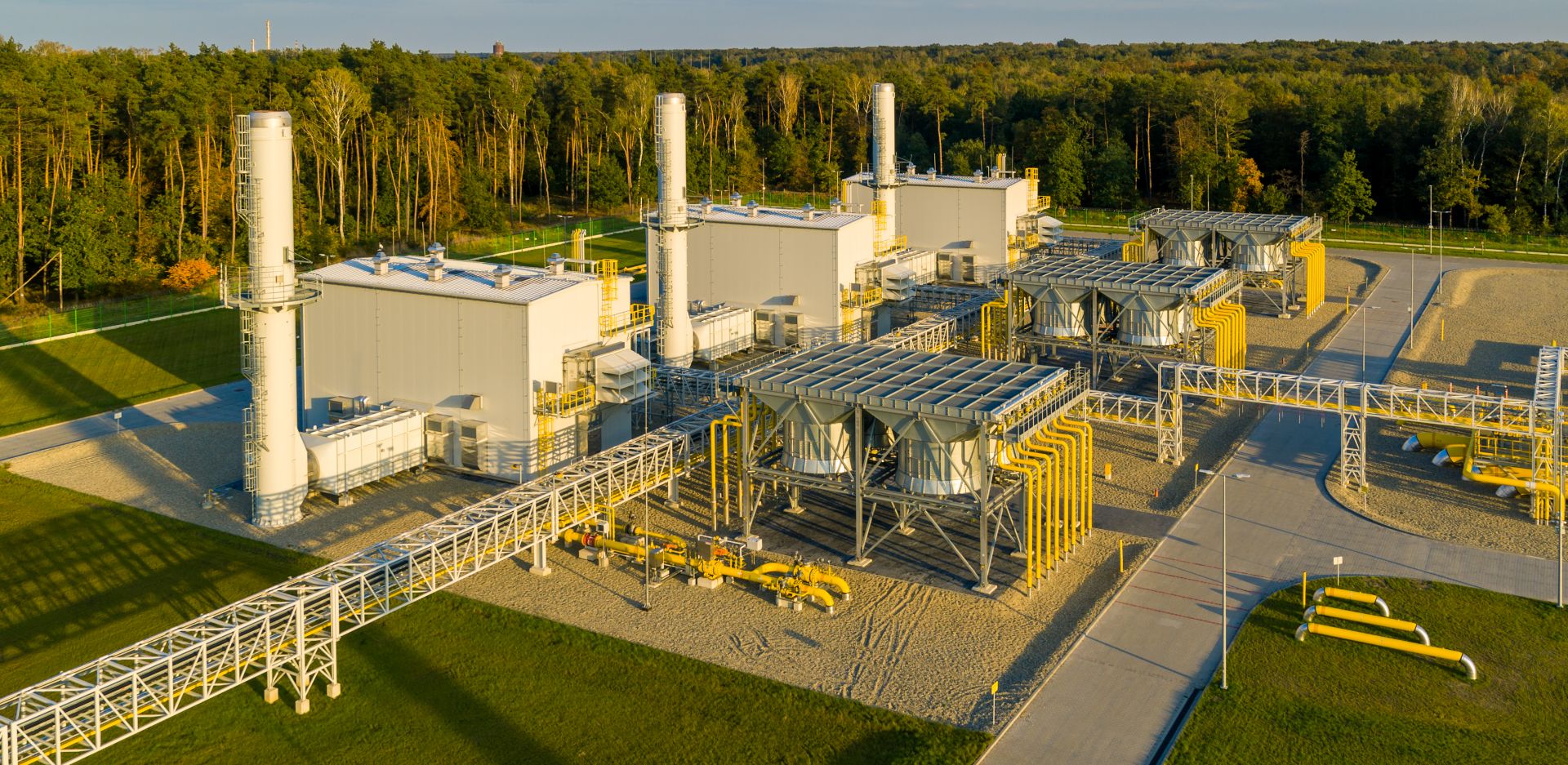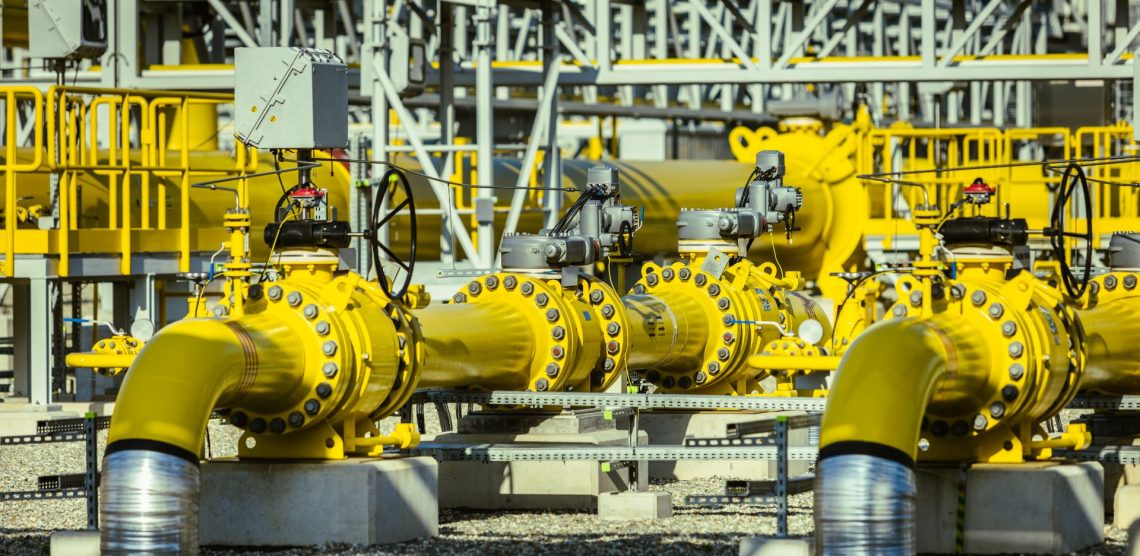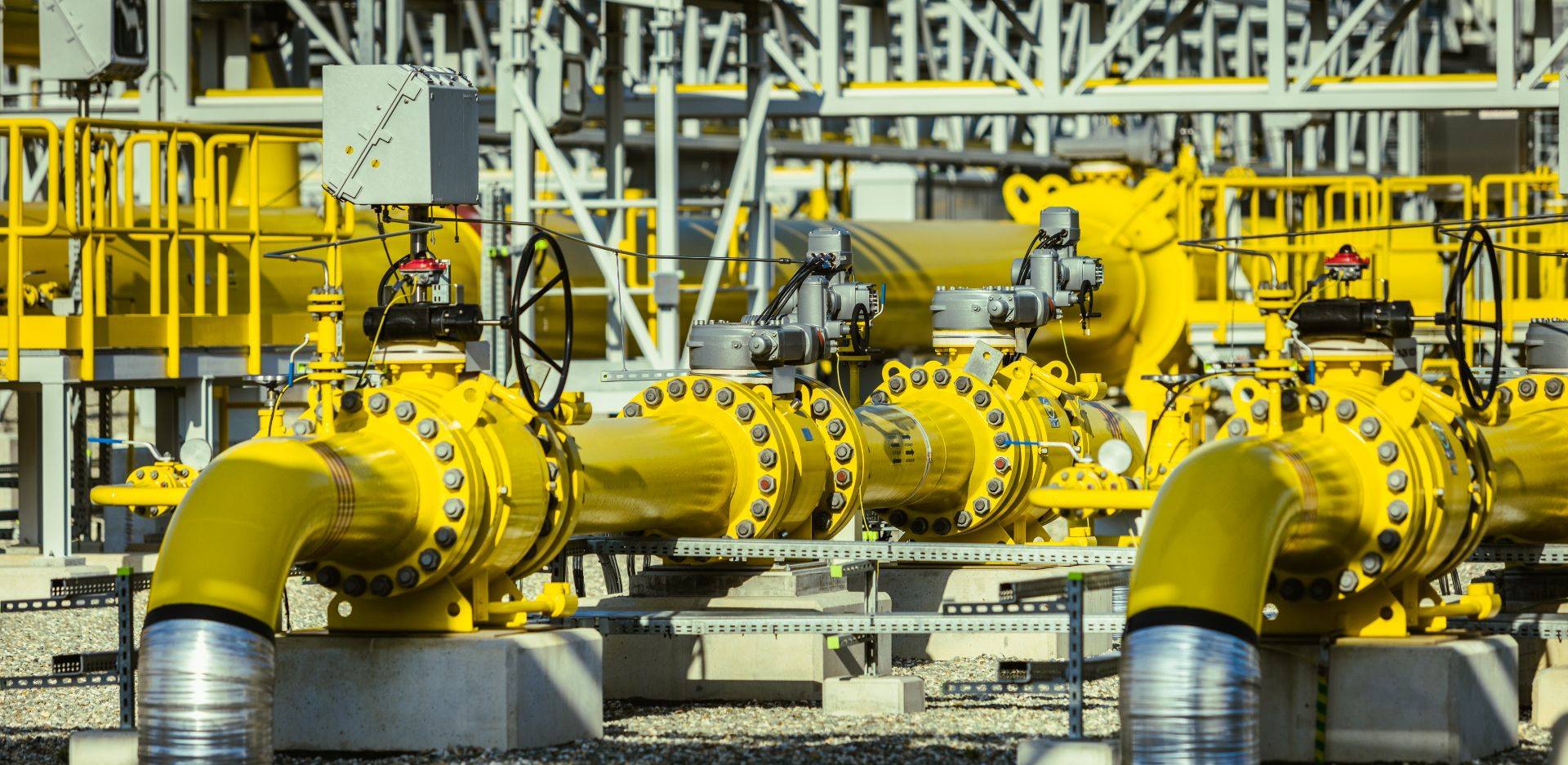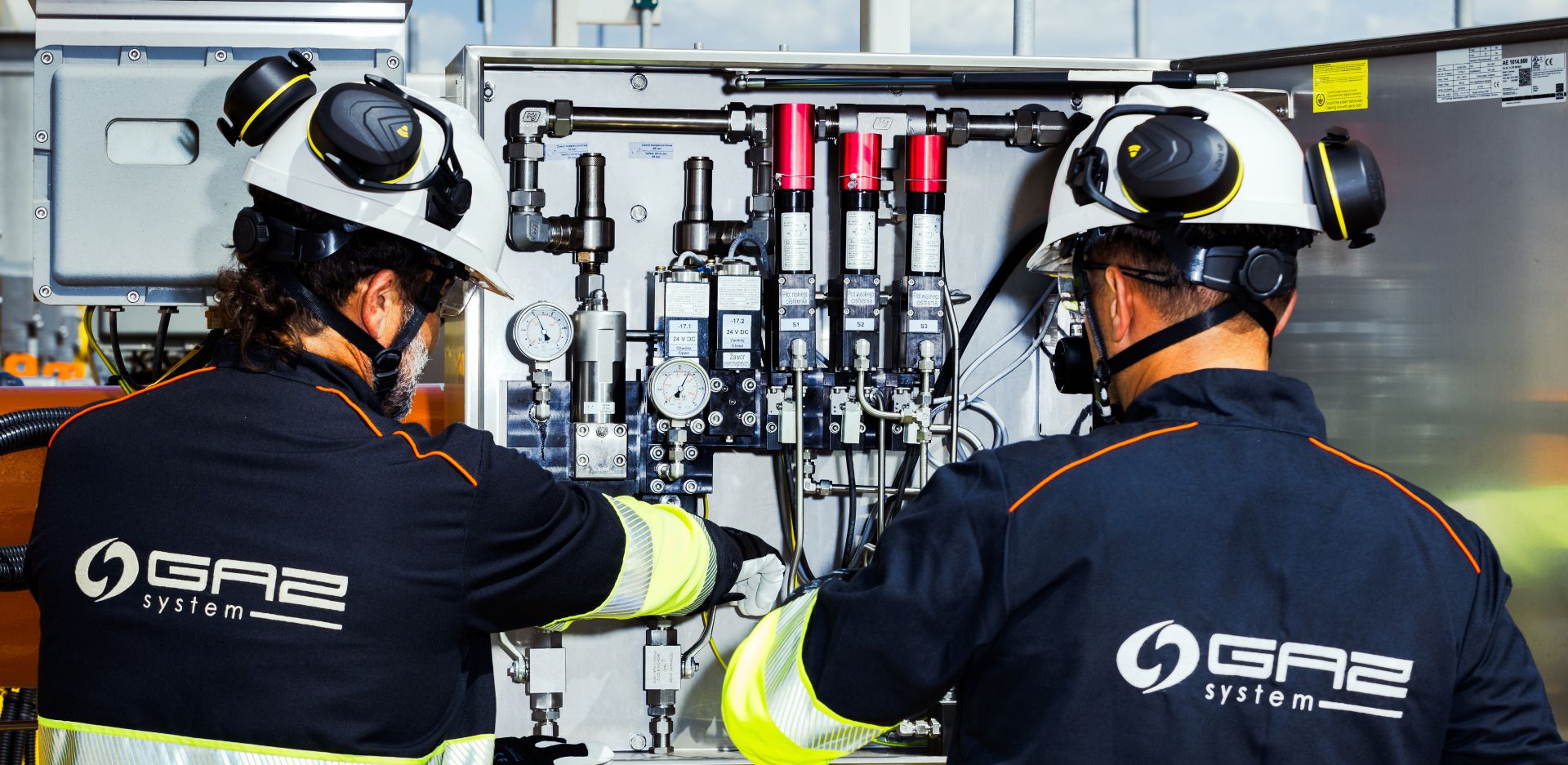Direct greenhouse gas (GHG) emissions released into the atmosphere from equipment or installations owned or controlled by the Company, resulting from combustion of fuels in stationary and mobile sources.
Reduction of emissions

GAZ-SYSTEM is committed to reducing greenhouse gas emissions, thus contributing to the achievement of the EU climate targets. The Company's target is to reduce net Scope 1 and Scope 2 GHG emissions in relation to the volume of gas transported: 55% by 2025 and 70% by 2030 (relative to 2022 emissions).
-
3-3
-
3-3
-
305-1 11.1.5
-
E-S1
-
E-S2
The Company has a “Procedure for the Monitoring and Reporting of CO2 Emissions” in place that is compliant with Polish and European regulations. The document defines the procedure for monitoring, reporting and accounting for CO2 emissions from installations covered by the EU ETS* scheme, taking into account such elements as:
- the division of responsibilities for monitoring and reporting CO2 emissions from installations subject to the obligation,
- assessment of the adequacy of Monitoring Plans and Monitoring Methodology Plans
- data flow procedures,
- risk assessment,
- quality assurance related to the measuring equipment and information technology used in the data flow, internal reviews and corrective actions,
- document management.
| Direct (Scope 1) GHG emissions and substances discharged into the atmosphere by GAZ-SYSTEM | |
| Total emissions | 2023 |
| CO2 | 299,136.58 Mg of which 284,666 Mg from installations covered by the EU Emissions Trading System |
| CH4 | 5,297.87 Mg |
| NOx | 136.39 Mg |
| SOx | 9.03 Mg |
| POP | 0.04 Mg |
| LZO | 196.37 Mg |
| HAP | 59.18 Mg |
| PM | 3.37 Mg |
| HCF | 0.17 Mg |
| Gross direct GHG emissions (Scope 1) by source type: | |
| stationary1 | 299,136.6 Mg |
| combustion2 | 299,112,7 Mg |
| process3 | 0 |
| fugitive4 | 148,636.4 Mg |
2 Combustion-induced, represent part of stationary emissions.
3 Resulting from chemical reactions required for production
4 Include emissions from air conditioners, controlled process venting and fugitive emissions (failures and leaks).
In preparation for the reporting obligation stipulated in the CSRD directive, related to reporting greenhouse gas emissions, GAZ-SYSTEM has developed the Environmental Standard on the „Methodology for the Analysis of the Carbon Footprint from Scope 1 (direct emissions) and Scope 2 (indirect emissions)”. The document specifies sources of emissions, types of data and the methodology for calculating the carbon footprint, which is the total GHG emissions relative to the CO2 mass equivalent (tCO2e). The Company’s aspiration is to fully analyse the greenhouse gas emissions in the first two scopes, with a view to performing a complete analysis of all three scopes of the carbon footprint in the future.
Indirect greenhouse gas (GHG) emissions generated by other companies to supply electricity and heat to the reporting entity.
Other indirect greenhouse gas (GHG) emissions. Include the Company’s entire value chain, e.g. goods and services purchased, waste and by-products generated, transport and distribution, employee travel to/from work, business travel, franchises, etc.



-
302-1
| Total consumption of liquid fuels at GAZ-SYSTEM in 2023 (in GJ) | |
|---|---|
| Gasoline1 | 19,788.2 |
| Diesel fuel2 | 40,136.5 |
| Total consumption of fuels derived from natural gas processing and crude oil refining at GAZ-SYSTEM in 2023 (in GJ) | |
| High-methane natural gas3 | 3,925,735.4 |
| Low-methane natural gas4 | 21,012.4 |
| Solar energy5 | 185.4 |
| Electricity6 | 380,202.8 |
| Steam7 | 408,345.0 |
| Total energy consumption within the organisation (in GJ) | 4,795,405.9 |
2Total consumption – 926,300 kg. The average calorific value of 43,330 kJ/kg according to the Central Statistical Office (GUS) indicators provided in energy carrier reports was used for the conversion. Data based on invoices.
3 Total captive use – 94,659.9 dam3. Based on invoices for office use and from the gas collector for process use.
4 Total captive use – 659.3 dam3. Based on data from the gas collector
5 PV 50kWp at Hołowczyce compressor station (data from the FusionSolar WEB Portal).
6 Electricity – 105,611.9 MWh. Based on invoices for office and process use.
7 Data collected from GAZ-SYSTEM branches and the LNG Terminal in Świnoujście. According to the terminology used in GUS reports, the value given refers to heat in steam and hot water.
-
302-3
| Total energy consumption (numerator) | 4,012,818.455 GJ |
|---|---|
| Organisation specific metrics (denominator) | 4,795,405.873 GJ1 |
| Energy intensity ratio | 0.667% |



Methane emissions
GAZ-SYSTEM takes systematic measures to reduce methane emissions and improve the accuracy of their reporting. In 2021, the Company joined the flagship project of Oil and Gas Methane Partnership (OGMP) – the International Methane Emissions Observatory (IMEO). The initiative is an important step towards the implementation of the EU regulation on methane emissions reduction.
In response to the requirements of the EU regulation on methane emissions reduction, GAZ-SYSTEM took steps to have its assumptions implemented properly. The Company has appointed a special team to actively work on the implementation of the legal requirements. At the same time, work is underway to implement the Leak Detection and Repair (LDAR) program, which is considered to be one of the most effective methods to reduce methane emissions. It comprises regular inspections, use of advanced technology to detect leaks, and their immediate repair.
GAZ-SYSTEM identifies the negative environmental impact of methane emissions into the atmosphere in situations of uncontrolled leaks (failures, loss of containment) and in situations of controlled emissions, which are necessary to ensure process safety and during maintenance activities (process losses).
CO₂ capture
In 2023, GAZ-SYSTEM and ORLEN signed an agreement on cooperation with regard to activities concerning the development and implementation of technical solutions enabling effective implementation of carbon dioxide capture, transmission and storage technologies in Poland. Defining the principles for conducting this type of activities and, in the future, creating conditions for transporting carbon dioxide via pipelines from its production and capture facilities to storage sites, will be an important element of this process.
* The greenhouse gas emission trading scheme, the rules of which are defined by the Act on the greenhouse gas emission allowance trading of 12 June 2015.



